The Polarizers
Postwar Architects of Our Partisan Era
Sam Rosenfeld
University of Chicago Press
Chicago and London
The University of Chicago Press, Chicago 60637
The University of Chicago Press, Ltd., London
2018 by The University of Chicago
All rights reserved. No part of this book may be used or reproduced in any manner whatsoever without written permission, except in the case of brief quotations in critical articles and reviews. For more information, contact the University of Chicago Press, 1427 E. 60th St., Chicago, IL 60637.
Published 2018
Printed in the United States of America
26 25 24 23 22 21 20 19 18 17 1 2 3 4 5
ISBN-13: 978-0-226-40725-8 (cloth)
ISBN-13: 978-0-226-40739-5 (e-book)
DOI: 10.7208/chicago/9780226407395.001.0001
Library of Congress Cataloging-in-Publication Data
Names: Rosenfeld, Sam (Political scientist), author.
Title: The polarizers : postwar architects of our partisan era / Sam Rosenfeld.
Description: Chicago ; London : University of Chicago Press, 2017. | Includes bibliographical references and index.
Identifiers: LCCN 2017009027 | ISBN 9780226407258 (cloth : alk. paper) | ISBN 9780226407395 (e-book)
Subjects: LCSH: Political partiesUnited States. | Polarization (Social sciences)United States. | United StatesPolitics and government19451989. | United StatesPolitics and government1989.
Classification: LCC JK2265 .R67 2017 | DDC 324.273/13dc23
LC record available at https://lccn.loc.gov/2017009027
 This paper meets the requirements of ANSI / NISO Z39.48-1992 (Permanence of Paper).
This paper meets the requirements of ANSI / NISO Z39.48-1992 (Permanence of Paper).
For Erica
Contents
In America, nationally successful politicians tend to be a practical sort. By necessity, they tackle the political constraints of the moment pragmatically. But on occasion, such politicians have been prompted to take the long view about how the political system functions, and how they think the two major parties should behave. During the middle of the twentieth century, a particular set of questions about the parties came up again and againquestions that, from our own age of hyperpartisanship, might seem difficult to take seriously. Should the two major parties reflect distinctive philosophies and agendas? If the parties held many of the same beliefs, was that good or bad for democracy? Public officials disagreed over the answers.
In 1944 President Franklin
Four years after that, Attorney General Robert F. Kennedythen embroiled in a conflict pitting his brothers administration against fellow Democratic leaders in the South over segregationexpressed The jumble of crosscutting partisan and ideological alliances helped to ensure national stability and political inclusion, he argued.
Just a few years later, South Dakota senator George McGovern disagreed with Nixon and Kennedy, and agreed with Roosevelt and Willkie. In 1969 a journalist asked him what he thought about a realignment
Politicians were not the only ones with views on this subject. It is now time, an Arkansas man wrote to California senator William F. Knowland in 1956, to get all the right-wingers on one side, and all the left-wingers on the other. of the total.
Gallup has long since stopped asking Americans that question, just as contemporary politicians rarely opine in public about its subject. That is because what had been a matter of speculation is now reality. By the end of the twentieth century, Franklin Roosevelt and George McGovern and Jesse Helms had gotten their wish, while Richard Nixon and Robert F. Kennedy and, it seems, But polarization runs deeper than rude behavior and hostile politicking. Its rooted in ideology.
A slew of institutional changes have accompanied the ideological sorting of the parties. Contemporary parties are not only more cohesive and distinct than at midcentury. They are also more disciplined when in power, and more centralized in their internal authority at the national level. These developments have helped to give contemporary politics the distinctive character of high-stakes warfare. Indeed, much of what Americans bemoan about their polarized politics, from increasing extremism to seemingly pointless partisan bickering to the breakdown of norms of cooperation and civility across the aisle, are largely secondary consequences of one key development: the parties are now chiefly distinguished from each other by their contrasting agendas and worldviews. The parties increasing internal cohesion makes them more disciplined and oppositional, and the forces of ideological zeal and partisan team spirit now reinforce each other. The days when politicians and voters belonged to hybrid parties and were pulled in varying directions at once are long gone.
This book shows how an ideologically defined two-party system took hold in the United States. National politics in the middle of the twentieth century involved historically high levels of bipartisanship in government, weak and balkanized party structures, and partisan attachments that were defined more by ties of tradition and communal affiliation than by policy issues and ideology. But the dawn of the twenty-first century saw levels of partisan discipline in Congress unseen since the Gilded Age, the emergence of robust national party organizations, and an electorate that was sorted into two parties defined by ideology. In this shift, American party politics gained a programmatic cast and logic long considered alien to the countrys political traditions. That change in the relationship between partisan and ideological politics lies at the root of modern party polarization.
But this is not something that just happened. Individuals brought this change about deliberately. The party system we have today is not simply the byproduct of structural developments like mass demographic shifts or technological change; it was a political project carried out by specific peoplemen and women who had reasons to think that forging disciplined, programmatically distinct parties would solve endemic problems they saw in American politics. A wide variety of people, from small-town citizens to presidents, played roles in this change. But at the heart of the emergence of our polarized party system were ideologically driven thinkers, activists, and politicians in the middle ranks of American politics. They were the men and women, sometimes pursuing short-range goals, sometimes explicitly seeking long-range systemic change, who worked over the course of decades to remake the parties in their image. Ultimately, they succeeded.
Todays pundits wring their hands about polarization and yearn for the halcyon days of bipartisan comity. Yet pundits of the mid-twentieth century saw that very bipartisanship as the key problem in American politics. They argued that the lack of clarity between the parties stifled progress while blurring accountability to the voters. Polarization was their solution to this problem. They thought making parties real in the sense that Roosevelt had meantunified behind distinct policy agendas that were clear to voterswould invigorate democracy and improve policymaking. Their ideas influenced the views of key political actors on both the left and right in the ensuing decades.
An ascendant postwar generation of educated, issue-driven liberal activists, thrilling to Adlai Stevensons presidential campaigns and powering the stormy tenure of national Democratic chairman Paul Butler, battled to wrest control of Democratic Party organizations from traditional political machines. They also fought with national party leaders they deemed overly beholden to conservative southerners. At the same time, conservatives ranging from North Dakota senator Karl Mundt to South Carolina politico Greg Shorey advocated a partisan realignment that would formalize an ideological coalition of southern whites and northern Republicans. Later, congressional and party reformers worked to make the political system more permeable and responsive to ideological activism. Capitalizing on those institutional reforms, left-liberal movement activists like Michael Harrington and Heather Booth struggled in the 1970s to create a coalition between the cultural Left and a reconstituted labor movement. At the same time, New Right architects within the GOP such as Paul Weyrich and Phyllis Schlafly brokered a lasting alliance of social and economic conservatives. By effectively drawing new party lines across a wide array of issues, those activists helped in turn to catalyze a partisan resurgence over the last two decades of the century and beyonda resurgence that took many political observers utterly by surprise.



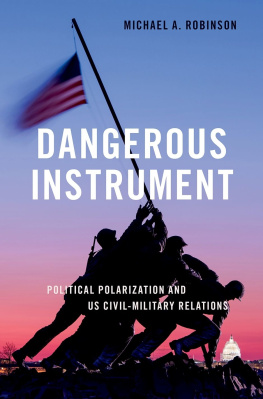

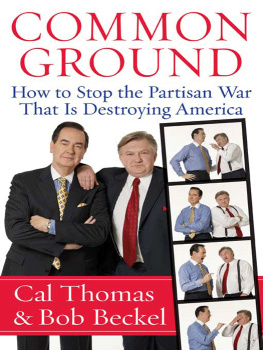

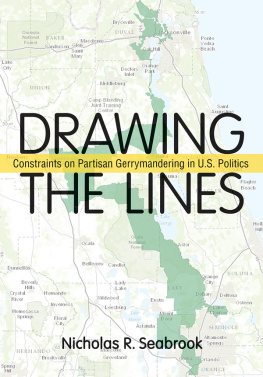
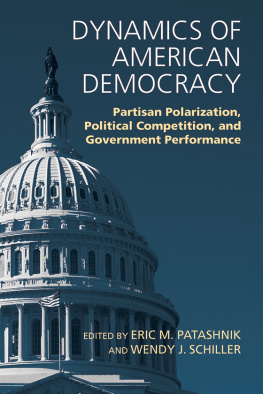
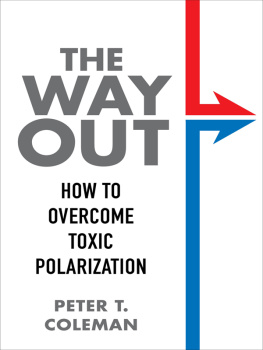

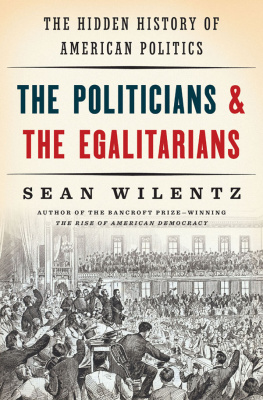
 This paper meets the requirements of ANSI / NISO Z39.48-1992 (Permanence of Paper).
This paper meets the requirements of ANSI / NISO Z39.48-1992 (Permanence of Paper).